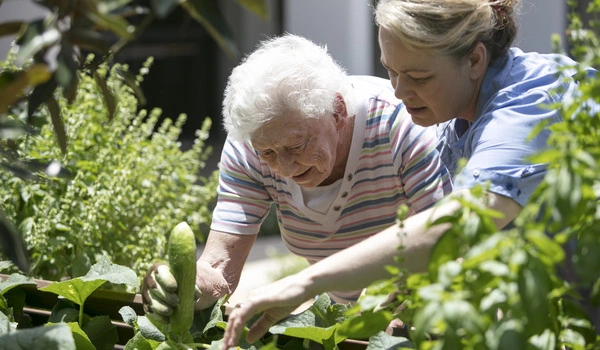According to a Washington State University study, even slight differences in the availability of urban green and blue spaces may be related with improved mental and physical health in older persons.
The study’s findings revealed that having just 10% more forest space in a person’s residential ZIP code was connected with less major psychological distress, which refers to mental health issues that require treatment and interfere with people’s social lives, job, or education. Similarly, a 10% increase in green space, tree cover, water bodies, or path length reduced the likelihood of older persons rating their overall health as poor or fair.
“Our findings suggest that loss of our urban green and blue spaces due to rapid urbanization may not just have an environmental impact but could have a public health impact as well,” said first study author Adithya Vegaraju, a medical student in the WSU Elson S. Floyd College of Medicine.
Our findings suggest that loss of our urban green and blue spaces due to rapid urbanization may not just have an environmental impact but could have a public health impact as well.
Adithya Vegaraju
The study, published in the journal Health & Place, is based on health survey data from more than 42,000 persons aged 65 and older who lived in Washington state’s urban areas from 2011 to 2019. In their analysis, the researchers linked survey respondents’ general and mental health outcomes to various indicators of access to green and blue places, such as woods, parks, lakes, and rivers, within their residential ZIP codes. Approximately 2% of respondents demonstrated evidence of severe psychological anguish, whereas 19% indicated fair or poor general health.
The researchers presented preliminary data from their study at the American Academy of Neurology’s Annual Meeting. These findings solely examined the link between severe psychological discomfort and the distance to the nearest green and blue spaces. In this final published version of their study, the researchers examined numerous other indicators, including the percentage of green space, tree canopy, forest area, and open space within ZIP codes, as well as trail length. They further expanded their analysis to look at how these variables connected to self-rated overall health and to account for differences in survey respondents’ demographics, such as race and education level.

Though past studies have looked at how proximity to nature affects health, Vegaraju claims that this is one of the first to investigate this association in older persons in the United States. Depression, which has been linked to an increased risk of cognitive decline and dementia, is especially prevalent among the elderly. They are also less likely to receive treatment for their mental health issues.
“Older adults with depression, anxiety or mental health issues are known to be more resistant to medical interventions or talk therapy, which are the go-to treatments for these conditions,” said Vegaraju. “If exposure to green or blue spaces could help prevent, delay or even treat poor mental health in older adults, we need to look at that more closely as a way to improve mental health outcomes in this population.”
He said one potential solution could involve nature prescriptions, a growing trend that involves healthcare providers giving patients written recommendations to spend time outdoors.
Senior study author Solmaz Amiri said more research needs to be done to know exactly how exposure to green and blue spaces may lead to better mental and general health. She is looking to study the possible link between nature exposure and cognitive decline, which can be an early sign of Alzheimer’s disease or dementia.
“It is thought that exposure to green and blue spaces could help slow cognitive decline,” said Amiri, a research assistant professor in the WSU College of Medicine and researcher at the Institute for Research and Education to Advance Community Health (IREACH). “What we would like to know is if green and blue space exposure can influence dementia directly or whether it can do so by reducing mental health issues that may lead to cognitive decline.”
Finally, she expects that this research may assist to address health disparities among older persons from lower socioeconomic backgrounds, which may be linked to differential access to green and blue spaces in the cities where they live.





